In 2025, the culinary world is buzzing with innovations and fads vying for attention. While some trends offer genuine delights, others are more about hype than substance. We take a closer look at 14 food trends that have captured the public’s imagination, assessing what’s truly worth trying and what might be more sizzle than steak.
3D-Printed Desserts

Imagine printing your dessert with the click of a button. This year, 3D-printed desserts have become the talk of the town. While the technology is fascinating, the taste often falls flat compared to traditional confections.
Manufacturers like XYZ Confectioneries have rolled out machines for home use, but the cost and complexity can be daunting. For those seeking novelty, it might be a fun experiment. However, for flavor purists, a classic slice of cake still reigns supreme. It’s worth trying if you’re into tech, but don’t expect a culinary masterpiece.
Lab-Grown Meat

Lab-grown meat promises to revolutionize the way we consume protein. Environmentally friendly and ethically sound, it seems promising. However, many argue it lacks the rich flavors of traditional meat.
Brands like Cultured Cuts are leading the charge, offering burgers and steaks that look appealing on plates. Yet, the novelty wears off when taste buds yearn for the real deal. For eco-conscious eaters, it’s a step forward, but it may not replace the hearty flavors of a well-grilled steak just yet.
Edible Insects

Creepy-crawlies are making their way onto plates as a sustainable protein source. Edible insects are lauded for their nutritional benefits and minimal environmental impact.
Despite the buzz, the idea still gives many the jitters. Brands like Crunchy Critters are offering cricket chips and mealworm snacks. While adventurous eaters might find them intriguing, the texture and taste can be an acquired one. It’s a curious culinary chapter but may not be a staple for everyone just yet.
Plant-Based Seafood
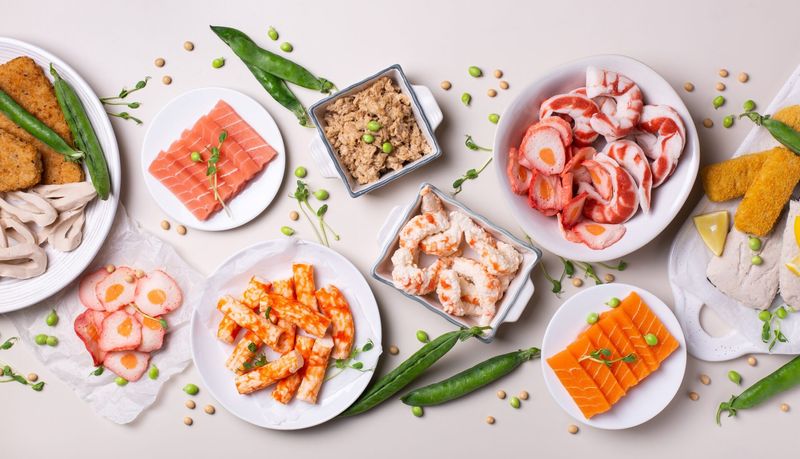
As plant-based diets rise, seafood alternatives are riding the wave. Companies like Ocean’s Eleven Plant Foods produce fishless tuna and shrimp. They cater to those avoiding animal products for health or ethical reasons.
While the environmental benefits are undeniable, the flavors often miss the mark. The texture can be uncanny, but the taste rarely captures the ocean’s essence. For those committed to plant-based lifestyles, it offers variety. Yet, seafood aficionados might find themselves unsatisfied.
Functional Mushrooms
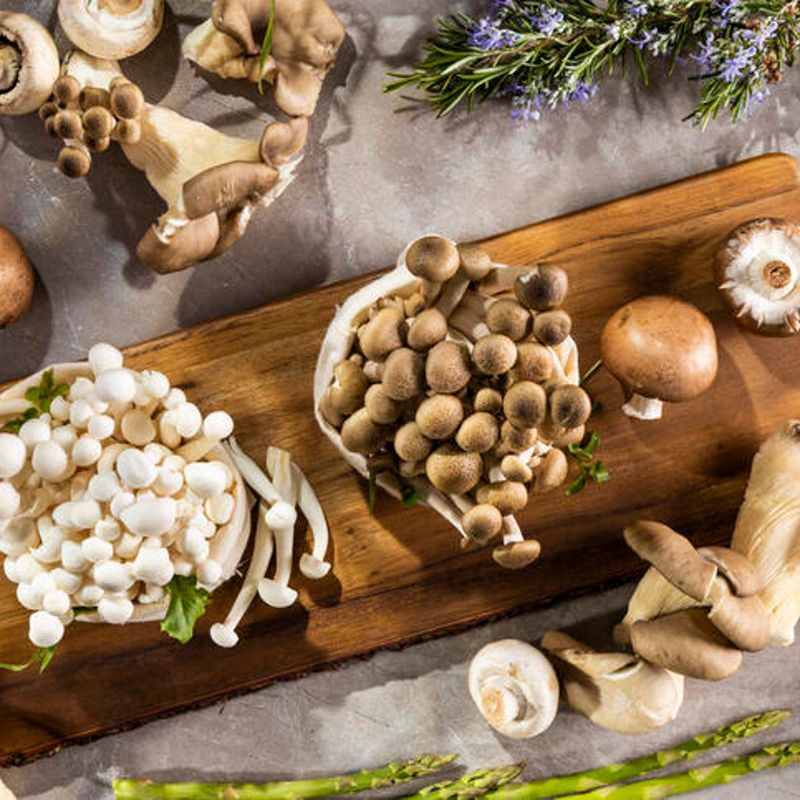
Functional mushrooms like reishi and lion’s mane are sprouting in popularity. Touted for their health benefits, they’re infused into coffees, teas, and even chocolates.
Wellness brands such as FungiFuel are championing these fungi. The earthy taste can be challenging for some, and health claims often lack substantial evidence. For the health-obsessed, they offer an intriguing addition to the diet. However, skeptics might prefer to stick to their trusted espresso or herbal tea without the fungal twist.
Zero-Alcohol Spirits
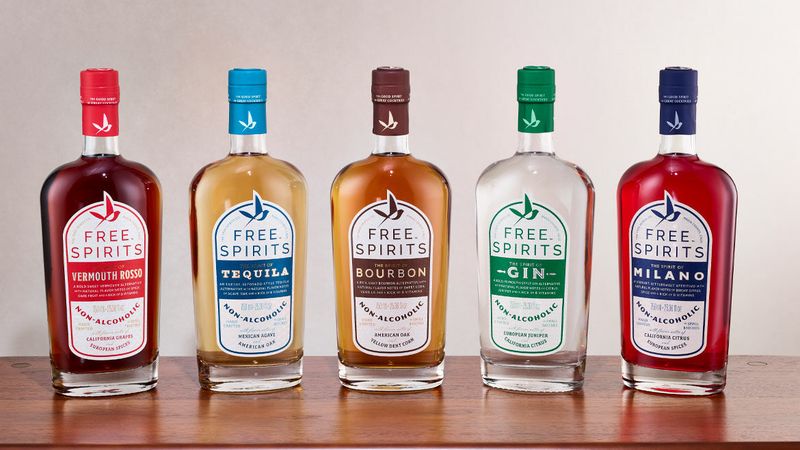
Zero-alcohol spirits have surged as wellness trends focus on mindful drinking. Brands like Sans Spirits promise the complexity of a cocktail without the hangover.
While they offer an alternative for those avoiding booze, purists often find the flavor lacking depth. The appeal lies in social inclusion without alcohol’s effects. However, for die-hard cocktail lovers, the experience might feel incomplete. It’s a worthy option for inclusivity and health-consciousness, but it may not replace the nuanced flavors of a classic gin or whiskey.
Kombucha Cocktails
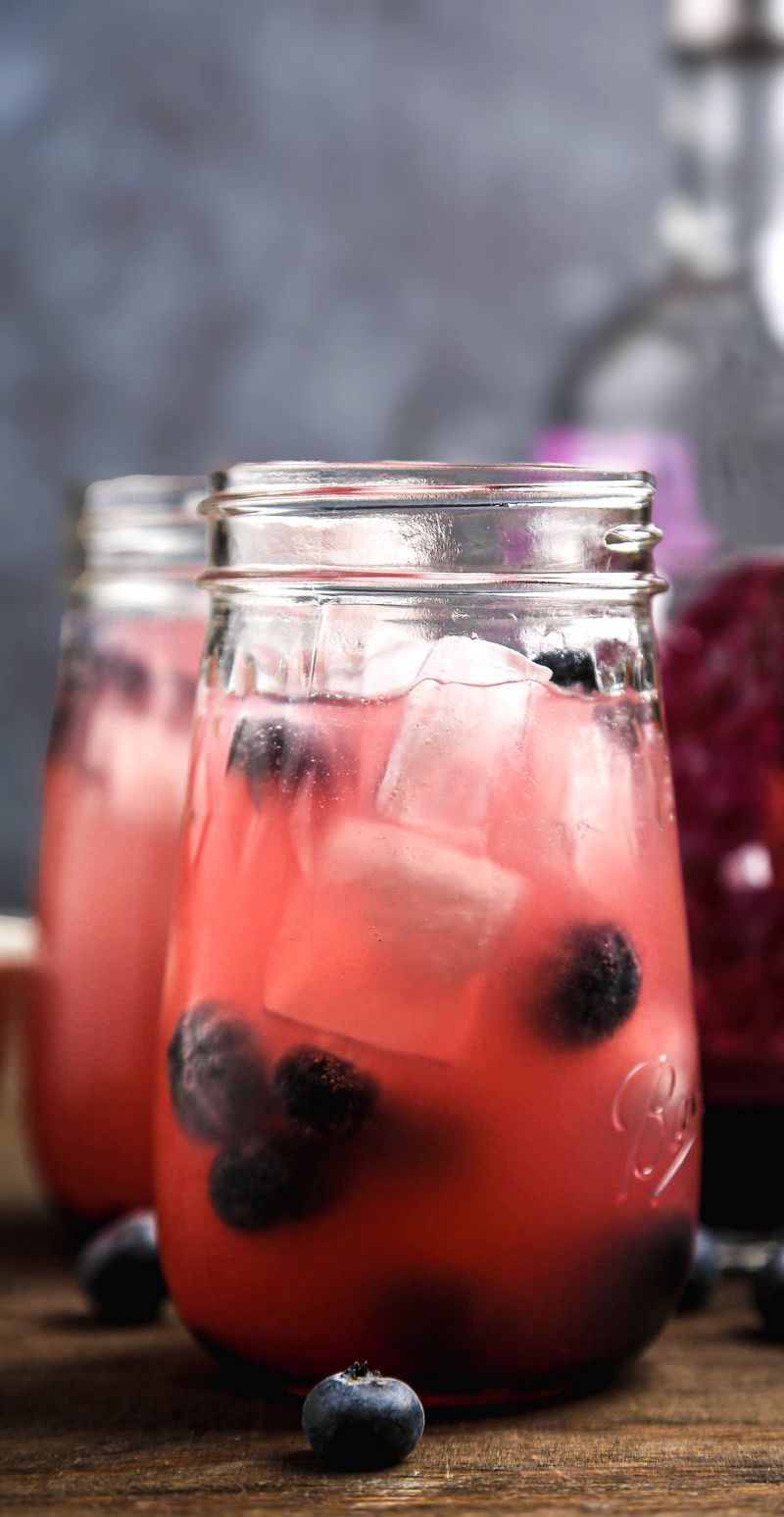
Kombucha, the fermented tea, has been a health darling for years. Now, it’s found a new role in cocktails. The tangy, effervescent drink adds a unique twist to traditional mixes.
However, not everyone is keen on its acquired taste. Brands like Boozy Brew are experimenting with flavors, but the tartness can overshadow other ingredients. For health-conscious drinkers, it’s a refreshing option. Yet, for classic cocktail enthusiasts, the blend might not always hit the right notes.
Butter Boards
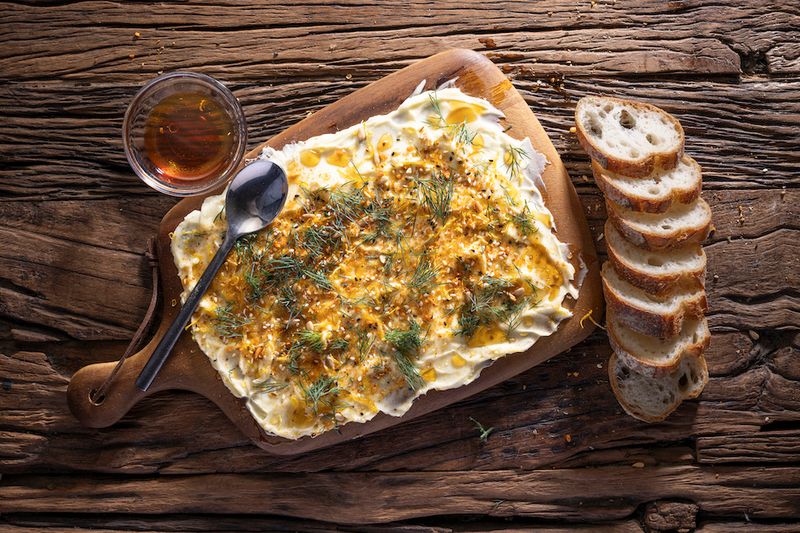
Butter boards, the buttery alternative to charcuterie, have taken social media by storm. Influencers spread flavored butters and toppings on boards for communal enjoyment.
While visually appealing, the trend often prioritizes aesthetics over taste. Real butter aficionados might find the concept interesting but lacking in culinary depth. It’s a delightful centerpiece for gatherings, offering guests a creative serving style. However, it may not replace the rich experience of a traditional cheese board.
Fermented Everything

Fermentation has been hailed for its probiotic benefits, and now it’s everywhere. From pickles to beverages, fermentation’s tangy flavors are celebrated.
Brands like Fermentista offer fermented snacks and drinks. Yet, the strong flavors can be polarizing for some palates. While it’s a boon for gut health enthusiasts, others might find it overwhelming. The fermentation wave offers variety and health benefits, but not everyone is ready to embrace its robust flavors.
Plant-Based Eggs
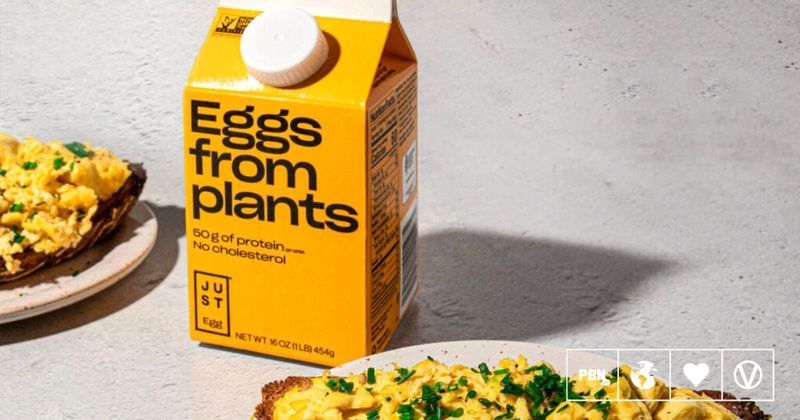
The rise of plant-based diets has led to the creation of egg alternatives. Brands like Eggless Wonder offer products mimicking the cooking properties of real eggs.
While cholesterol-free and vegan-friendly, the taste and texture often leave egg lovers unconvinced. The appeal lies in ethical and health considerations. However, for those who relish a classic omelet, the plant-based version may fall flat. It’s a step forward for dietary inclusivity but may not satisfy traditional palates.
Hyper-Local Ingredients

The locavore movement emphasizes sourcing ingredients from nearby producers. Restaurants tout dishes with hyper-local produce, aiming for freshness and community support.
While it fosters sustainability and local economies, the trend can be limiting. The flavor profile depends heavily on local offerings, which might lack diversity. For those passionate about sustainability, it’s a noble effort. However, adventurous foodies might crave the exotic flavors that global ingredients provide.
Deconstructed Dishes

Deconstructed dishes are a culinary art form, presenting familiar flavors in novel ways. Fine dining establishments often showcase such dishes, teasing the palate.
While innovative, the concept can sometimes feel pretentious. The charm lies in the surprise elements and artistic presentation. However, some diners might miss the comfort of a traditional dish. It’s an engaging culinary experience, but not everyone will be enamored by the fractured flavors and reimagined textures.
Digital Dining Experiences

Digital dining merges technology with gastronomy, offering augmented reality menus and virtual reality dining. It’s a feast for the senses, promising an immersive experience.
However, the novelty can overshadow the meal’s actual quality. While tech enthusiasts may enjoy the spectacle, traditionalists might yearn for a simpler dining experience. For those seeking a unique night out, it’s thrilling. Yet, for those who savor traditional dining, it may feel more gimmicky than satisfying.
Upcycled Foods

Upcycled foods use ingredients that would otherwise go to waste. Brands like EcoEats create snacks and meals from surplus produce, promoting sustainability.
While the idea is commendable, the flavors can sometimes be hit-or-miss. The texture and taste depend on the ingredients’ quality. For eco-warriors, it’s a step towards reducing waste and planet-friendly consumption. However, the culinary experience might not always meet gourmet standards.
Leave a comment